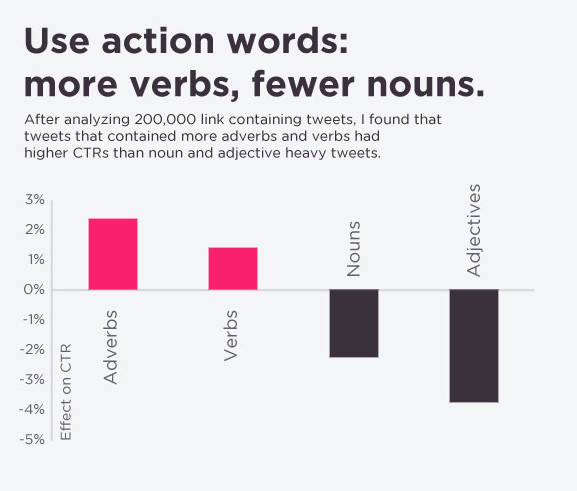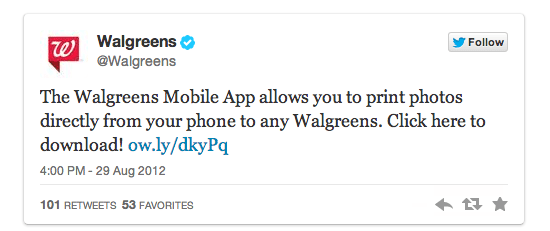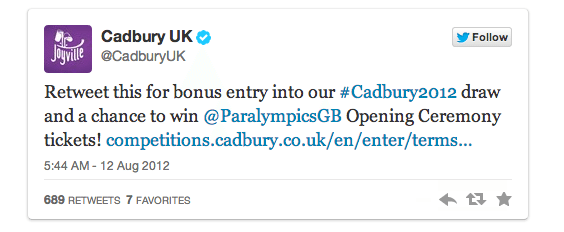HOW CAN YOU WRITE GREAT HEADLINES FOR SOCIAL NETWORKS AND YOUR BLOG?
Ever since we started Buffer a little over 2 years ago, people have been asking us about one question very specifically:
How can I write great headlines for social networks and my blog?
The topic is a very tricky one, as the accuracy for what works best is hard to nail down. Whilst we have some specific techniques that we are using for our own postings and article headlines every day, I thought looking at the most cutting edge research is definitely required.
So I thought of combining all the research weve done for the Buffer social accounts and our blog as well as the best research out there and combining them into one comprehensive guide.
Without any further ado, here is a scientific guide to great copywriting on Twitter, Facebook and your blog:
What works best on Twitter?
Finding the right headline for your Tweet is one of the most important things to do, especially as Twitter only allows for text display.
Whilst there is a ton of data out there on which words to use and how to write headlines, the best way to do anything truly scientifically, is to test and learn yourself.
Test it yourself here is how
For Twitter, weve experimented with A/B testing the right headline. A/B testing on social is arguably very hard. Yet weve found its possible to still get reliable data that way. Here is how we approached this:
1.) Find 2 headlines for an article that you think will perform well.
2.) Tweet both of these headlines at roughly the same time, at least 1 hour apart. Here Ive found that doing the 2 Tweets both in the AM or both in the PM works best 9am is much more similar to 10am, then say 12pm is to 1pm. So going with clear morning or afternoon times is crucial.
3.) Compare the data for which headline to settle on.
Here is how we learnt which headline to use for our recent blogpost with this method.
First Tweet:

Second Tweet:

The second Tweet clearly performed better as we found out through our social analytics and Buffers algorithm also identified it as a top Tweet. In fact, you can clearly see that the second headline got double the number of clicks.
So this was an easy call and we settled for that headline, which subsequently turned out to be a really good decision. The article spread (and still does) like crazy and I do think its partly due to the headline improvement.
What the research says
Now, a lot of the time, its hard for us to do it with testing ourselves. Either we dont have enough time or enough followers to get meaningful and actionable data from a Twitter A/B test.
In that case, what comes in a close second when trying to be scientific is to look at public research data. Dan Zarrella has done a fabulous job here to help us with general guidelines on which words to include in Tweets.
I think the first and most interesting element that Dan highlights is to use action words more verbs and fewer nouns in short:

Twitter itself has also recently published some hard data on what they found to increase clicks, retweets and more most dramatically. Here are the top three ones:
Example:

According to Twitter, this will increase your clicks by an average of 13%.
Example:

Another fact that both Twitter and Dan Zarrella have emphasized multiple times to specifically ask for a retweet:
Tweets in timelines with an ask to retweet increased Retweets by an average of 311%.
The 20 most retweetable words
Now whilst at Buffer we generally try to optimize for CTR and not retweets, the two often go together and cant be separated. Dan Zarrella published an amazing list that shows clearly which words tend to be in the most retweeted Tweets:
you
twitter
please
retweet
post
blog
social
free
media
help
please retweet
great
social media
10
follow
how to
top
blog post
check out
new blog post
I think this is a great list, as it is consistent with general copywriting tips, that youd find over at Copyblogger and also contains real data.
Time to move onto the next network to optimize your headlines: Facebook
How to approach FB postings: The power of self-explanatory pictures
Of course, for approaching posting to your FB page or profile, the underlying elements are very similar to Twitter. And yet Facebook couldnt be any more different as a medium than Twitter.
Test it yourself here is how
All the research and sensational headlines aside, the key to knowing what works best for you on Facebook is to test it well again. For example, the saying that post pictures isnt entirely helpful at all.
Instead of pictures, here is one assumption that weve found validated over and over again on our own Facebook page:
Post pictures that are meaningful without having to read any text next to it.
Lets compare 2 picture postings, that explain this best. Both were shared at the same time, on 2 different days during week days.
Here is example 1:

Here is example 2:

Clearly 1 performs much better and the biggest difference is that the picture itself already tells the whole story. In example 2 on the other hand, you have no idea whats going on. So, were using this as an internal rule to avoid the post pictures to FB craze, that Id put as this:
Posting pictures to Facebook only works well, if the pictures are self-explanatory.
Looking at our data from our social analytics we see this over and over again from the Top Posts algorithm that we have in place. The ones that perform the best are those where the picture is self-explanatory:


Now although this may sound anecdotal, I see a lot of people following the post picture advice too blindly (ourselves included!).
Instead, what we found is that if you think something is a strong article, but doesnt have a good photo post the link.
What the research says
The general research on this topic from any company out there that has analyzed Facebook data all agrees on the one point: Pictures outperform everything.
Our friends at KISSmetrics put it the best way, showing that this counts for likes, clicks, shares and comments alike:

In terms of post length, they also have some interesting findings where it seems to be crucial to keep it short to increase your engagement:

One other interesting element, that Ive personally observed a lot myself is that self-reference works wonders on Facebook. Whilst this isnt such a good idea on Twitter, where I (anecdotally) rarely get engagement for being very self-referential, this can be very powerful on Facebook.
The more you mention I, the more likes you can get, says Dan Zarrella:

With Facebook being an entirely different beast to Twitter, weve got one place left, where headlines is more important than anything: your blogposts.
Lets dig in!
How to write good blogpost titles the ultimate science
Now onto the most powerful of all, the headline of articles. If youd do a quick google search here, youll quickly see that Im not the first ones who has thought to write about that.
Of course, lets start with a testing method again first:
Test blogpost headlines first on Twitter The Andrew Chen technique
Here is how he validates which articles he should write and how to name them too:
Using retweets to assess content virality
Recently Ive been running an experiment:
Tweet an insight, idea, or quote
See how many people retweet it
If it catches, then write a blog post elaborating on the topic
SOURCE: http://bit.ly/1dxp61n, this factual content has not been modified from the source. This content is syndicated news that should be used for your research, and we hope that it can help your productivity. This content is strictly for educational purposes and is not made for any kind of commercial purposes of this blog.